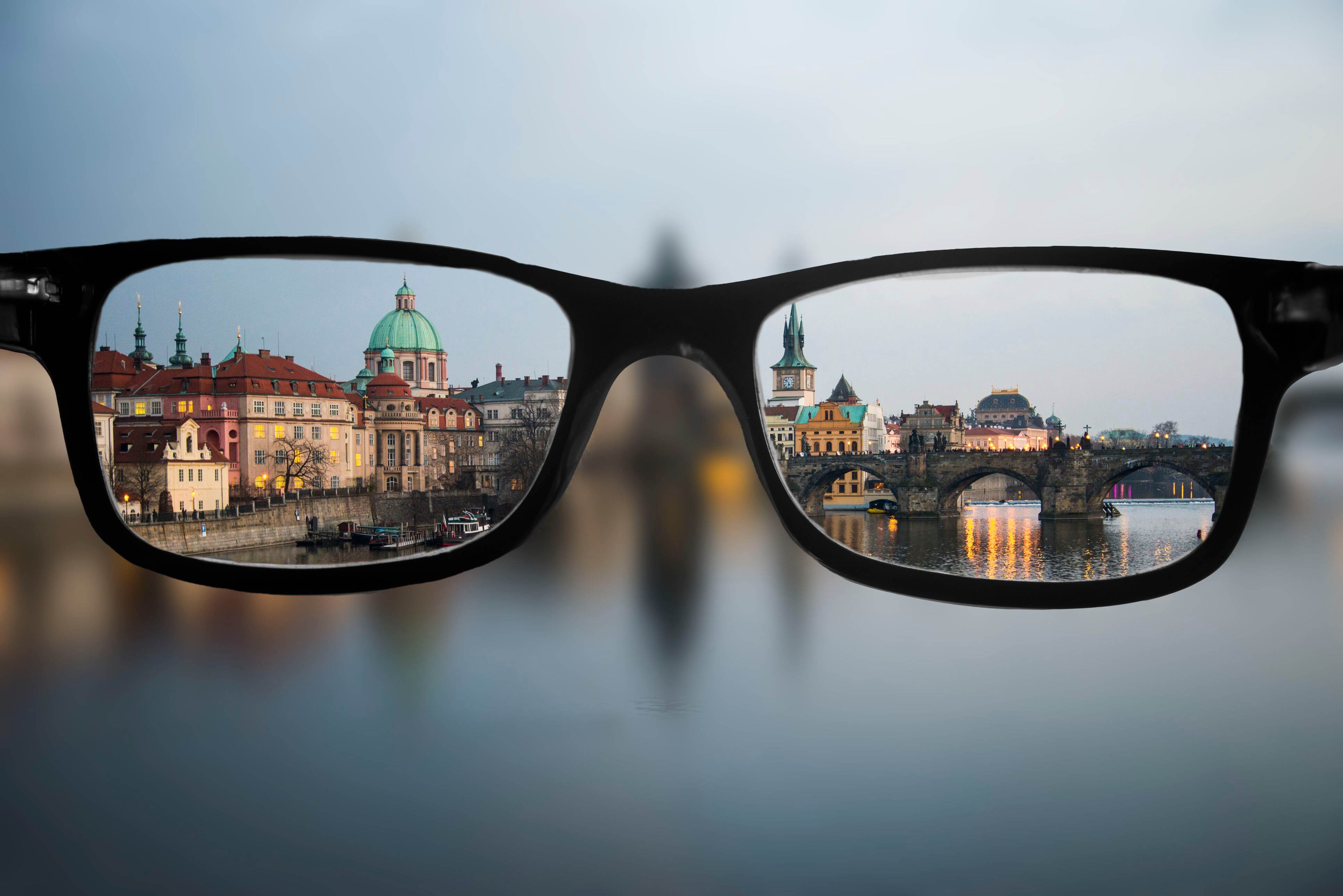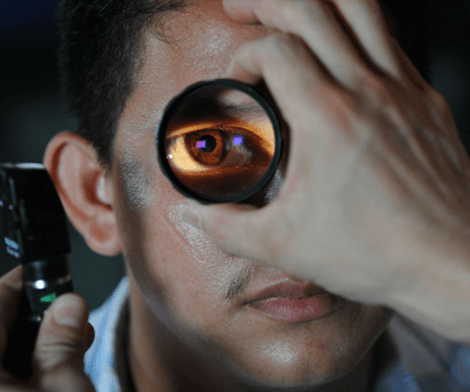
Myopia, or near-sightedness, is the most common refractive error of the eye, and it has become more prevalent in recent years.
We still do not have a complete explanation for the development of myopia. There is certainly a genetic factor which makes certain people (and ethnic groups) more susceptible to the development of myopia. However, this does not explain the rapid increase in the prevalence of Myopia in India over the last 3 generations. The gene pool has not changed, but the prevalence of myopia has accelerated rapidly. This strongly suggests that environmental influences interacting with the genes have played a major role.
A recent study in America suggested that leaving the lights on at night when babies were asleep might have predisposed them to developing myopia. We have also been able to induce myopia in chicks, tree shrews and monkeys simply by manipulating their visual environment. This is further evidence of the major role played by the environment.
Whilst we cannot yet pinpoint the exact environmental factor, it is quite likely that this is related to the heavy amount of reading and near work our children are exposed to, which is certainly much higher than that in the past.

Myopia arises when the eyeball grows too long. Once this growth has occurred, it is not reversible. However, there is also another type of false myopia that is due to excessive spasm of the internal focusing muscles within the eye. This type of spurious myopia can be reversed by relaxation medications and corrections.
Although myopia is irreversible, we can compensate for it by wearing spectacles, contact lenses or undergoing surgery to flatten the cornea. However, the blinding complications of myopia, for example, retinal detachment and myopic macular degeneration are related to the excessive length of the eyeball. Consequently, the methods outlined above compensate for myopia, but do not prevent the late complications of myopia because they do not actually prevent the excessive elongation of the eyeball that occurs in myopia.
Once myopia sets in, it will usually continue to increase until the child reaches adulthood. The earlier the onset, the worse the final outcome will be. The challenge is to either prevent myopia from developing in the first place, or to slow down its progression.
Unfortunately, there are several commonly held myths which have been around for a long time. It is important to stress that myopia is NOT reduced by:
Correction by glasses or contact lenses form the mainstay of myopia management. There are other treatments too:
We have been performing laser surgery to correct myopia in adults since many years. The results amongst the many thousands of patients have generally been very good.
However, we do not believe that it is safe for children to currently undergo this surgery. There are two main objections. Firstly, the child's myopia is not stable, and the surgery will have to be repeated several times as the myopia progresses. Secondly, the eyes of children tend to have more inflammation than adult eyes in response to surgery.
All children should be screened. If you suspect a visual disorder, bring your child to ophthalmologist. The eyes of your child can be checked at any age.
Your child's eyes should be carefully measured before spectacles are dispensed. Wrongly prescribed spectacles can worsen the myopia. Sometimes, eyedrops need to be applied in order to obtain an accurate measurement.
Control the amount of reading and near work which your child is engaged in. Although there are onerous academic demands, remember that your child’s eyes will pay the penalty in the form of worsening myopia. They should hold reading material at least 40 cm away. There should be brief breaks after every 30 to 40 minutes.
The eye may be more susceptible to myopia development at night. Children should sleep early, (with the lights off), and wake up early to study.
Daily outdoor activities provide better visual stimulation for the eyes and may be beneficial. Myopia research requires a long time because subjects have to be followed up for several years in order to obtain meaningful results. There are no quick and easy answers.
Finally, critically evaluate the claims and counter claims of vendors offering products to treat myopia. There is NO wonder drug or treatment currently available.
Visit us at Insight Eye Clinic and experience unrivalled professional service from the moment you step in. We offer the best treatment for myopia in India and assure our clients the highest quality eye care.
